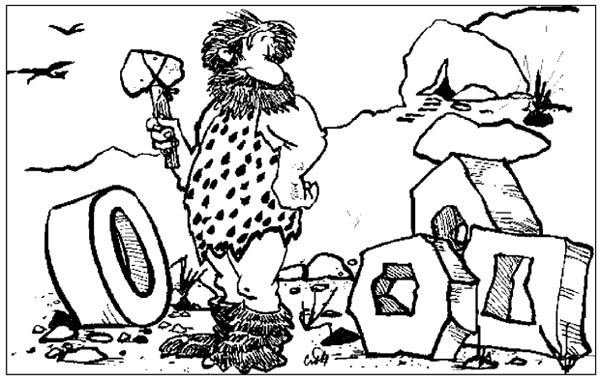
The Continuous Improvement process demands “incremental” improvement based on many, small changes, reduction of weaknesses and the relentless desire to be better.
.
Continuous Improvement is most successful through incremental, continual steps rather than giant leaps; it’s an evolution.
Louis L’Amour has been called American’s storyteller. Louis L’Amour is to westerns what Stephen King is to horror and Danielle Steel is to romance novels. One of the most prolific and popular authors in the world, L’Amour began writing short stories in the late 1930s, but didn’t become a successful novelist until the 1960s.
After decades of writing adventure stories (and the occasional TV script or movie treatment), L’Amour latched on to the western genre after his story “The Gift of Cochise” was made into the John Wayne movie Hondo (1953). By the time he died in 1988, L’Amour had sold more than 200 million books, including Flint (1960), Catlow (1963), Down the Long Hills (1968) and several novels in the Sackett Family series.
Victory is won not in miles but in inches. Win a little now, hold your ground, and later, win a little more.” — L’Amour
Continuous improvement process is an ongoing effort to improve products, services, or processes. These efforts can seek “incremental” improvement over time or “breakthrough” improvement all at once. Delivery (customer valued) processes are constantly evaluated and improved in the light of their efficiency, effectiveness and flexibility.

Look at the smallest details. Tiny incremental steps are key. Each goal should go through the cycle several times with increasing results each time.
Self-reflection, feedback linked to the identification, reduction of weaknesses and the relentless incremental desire to be better.
Successful businesses have lower costs than their rivals. Continuous Improvement is a small, simple tool that has large complex savings.
Quality Issues have a complex cost structure. Replacement shipments, sending staff to sort are the surface costs. The damage to the Brand, the loss of reputation, and the membership to the league of just ordinary suppliers are the compounded consequences.
Some of the key features of Continuous Improvement include:
• Improvements are based on many, small changes rather than the radical changes that might arise from Research and Development.
• As the ideas come from the Team themselves, they are less likely to be radically different, and therefore easier to implement.
• Small improvements are less likely to require major capital investment than major process changes.
The ideas come from the talents of the existing workforce, as opposed to using R&D, consultants or equipment – any of which could be very expensive
• All employees should continually be seeking ways to improve their own performance.
• It helps encourage the Team to take ownership for their work, and can help reinforce team working, thereby improving motivation.
Culture is a balanced blend of human psychology, attitudes, actions, and beliefs that combined create pleasure or pain, serious momentum or miserable stagnation. A strong culture flourishes with a clear set of values and norms that actively guide the way a company operates.
Employees are actively and passionately engaged in the business, operating from a sense of confidence and empowerment rather than navigating their days through miserably extensive procedures and mind-numbing bureaucracy.
Performance-oriented cultures possess statistically better financial growth, with high employee involvement, strong internal communication, and an acceptance of a healthy level of risk-taking in order to achieve new levels of innovation.
“Victory is won not in miles but in inches. Win a little now, hold your ground, and later, win a little more.” — L’Amour

Leave a Reply